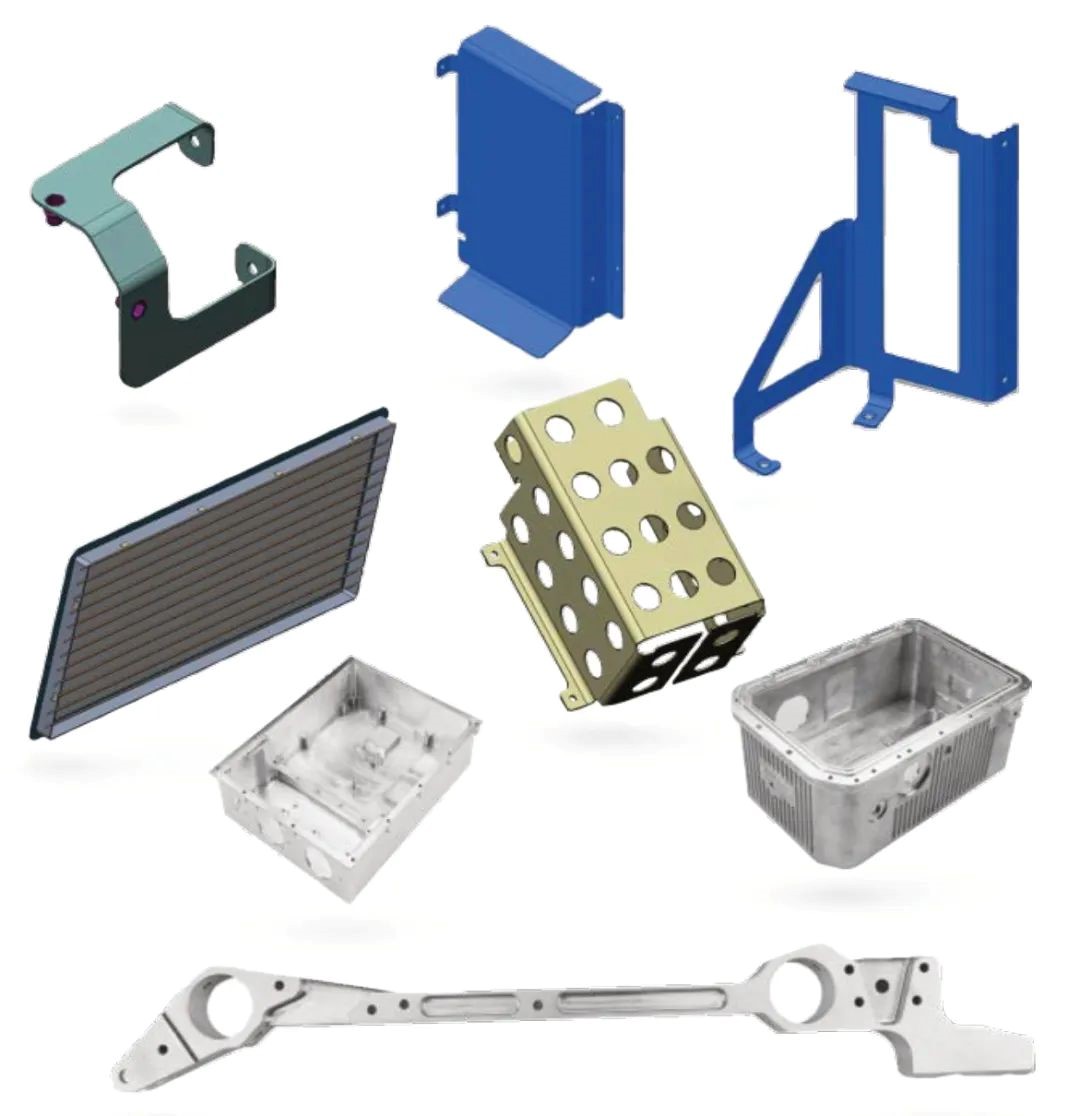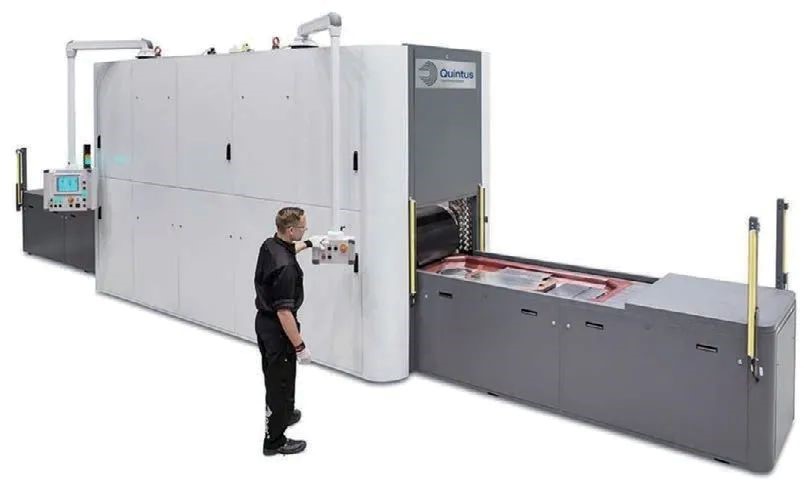In the field of aviation manufacturing, sheet metal fabrication is a crucial technical process that involves the production of the aircraft's shell, internal framework, and various important components. With the continuous advancement of aviation technology, the quality requirements for sheet metal manufacturers in aviation manufacturing are becoming increasingly stringent. In the future, sheet metal manufacturing technology will develop towards digitalization and intelligence. By optimizing processes, improving equipment, and using environmentally friendly materials, the goals of improving quality, reducing costs, increasing efficiency, and reducing resource consumption and pollution emissions will be achieved.
The aerodynamic design of aircraft requires a very high level of surface smoothness. Even the smallest flaw can affect flight performance, such as increasing air resistance or disturbing the airflow. Therefore, sheet metal parts must have extremely high dimensional accuracy and low surface roughness.
Sheet metal materials used in aviation typically need to have characteristics such as light weight, high strength, and corrosion resistance. This requires sheet metal box manufacturers to precisely control material properties during production to ensure that they maintain sufficient performance in extreme environments, such as high temperatures, low temperatures, humidity, and pressure changes.
Modern aircraft designs often use complex surfaces and structures. Sheet metal box supplier needs to meet these design requirements and achieve accurate forming and assembly of complex shapes, which presents higher challenges for manufacturing technology.

Due to the safety requirements of aircraft, the strength and sealing of welding joints have extremely high requirements. During the sheet metal manufacturing process, the welding process must ensure the quality of the joints to prevent issues such as cracking and leakage.
To ensure the quality of sheet metal fabrication, manufacturers need to adopt advanced inspection methods for acceptance. This includes, but is not limited to, dimensional inspection, enhancing the coverage and sensitivity of non-destructive testing (NDT), and using computer simulations to predict the performance of parts in actual use.
As aircraft strive for higher reliability, economy, and environmental friendliness, new challenges are presented to sheet metal manufacturers' technology. For example, future aviation manufacturing may use more new alloys or composite materials to reduce weight and improve overall performance. Consequently, sheet metal manufacturers' technology also needs to innovate and improve to meet more stringent manufacturing requirements. Additionally, intelligent and automated manufacturing technologies will play an increasingly important role in improving production efficiency, reducing labor costs, and enhancing product consistency. High-precision CNC equipment, robotic automation, and real-time monitoring systems will also be increasingly applied in aviation sheet metal fabrication.
In summary, the application of advanced materials and process technologies can not only improve the performance and quality of aviation sheet metal components but also enhance the flexibility, sustainability, and greenness of the manufacturing process. It is expected that in future aviation manufacturing, with the continuous advancement and maturation of technology, new materials and processes will be more widely applied, eventually becoming mainstream technologies for aviation sheet metal manufacturers.

